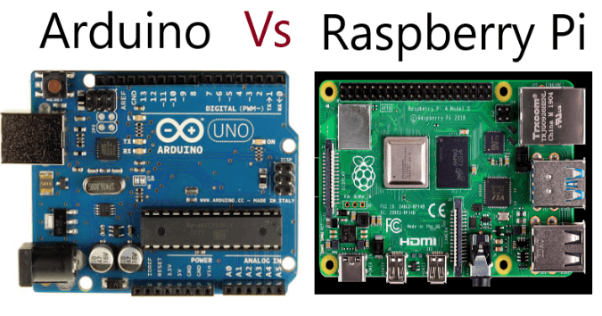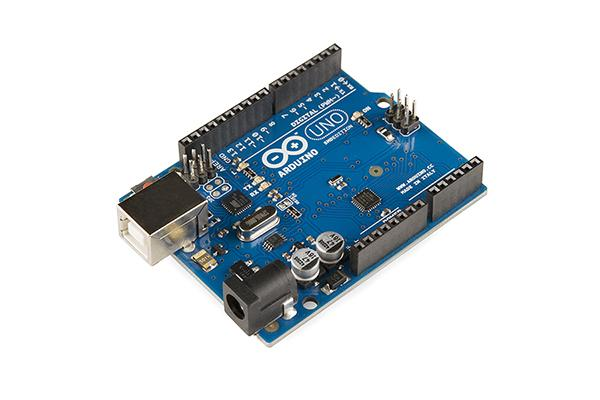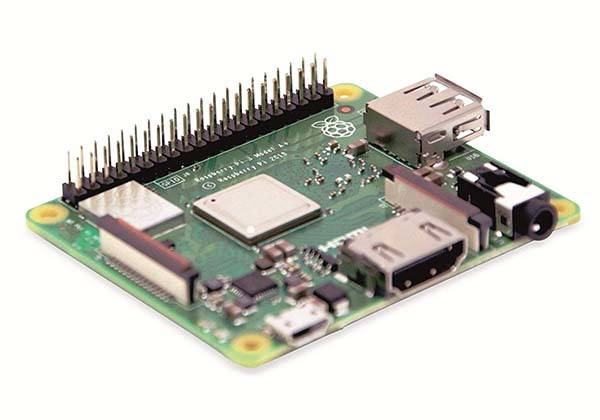
Support Team
Feedback:
support@nextpcb.comWhen looking to build homemade projects involving simple electronics and programming, two main platforms come to mind — Arduino and Raspberry Pi. Both systems have their merits, and choosing between them depends on your specific needs and goals for the project. Here we will compare the Arduino and Raspberry Pi head-to-head to help you determine which one is the better fit.

Arduino is an open-source hardware and programming organization most popular for its line of microcontroller advancement sheets. The boards feature a microcontroller, inputs/outputs for connecting electronics like sensors, displays and motors, and integrated programming support.

Arduino gets its name from the Italian city where the task started. The organization will probably make microcontroller programming and actual processing more available to specialists, architects, specialists and anyone with any interest in establishing intelligent articles or conditions.
In summary, Arduino excels for interactive electronic projects with a relatively simple scope that involve physical computing and sensor interfacing. It's great for amateurs and instructive prototyping because of its low value, usability and open engineer support in the local area.
Raspberry Pi is a progression of little single-board PCs created in the UK to advance showing software engineering in schools and foster programming abilities. Whereas Arduino is primarily a microcontroller, Raspberry Pi packs the full functionality of a portable Linux computer system onto a single circuit board.

In summary, Raspberry Pi provides a fully-fledged small-form Linux computer, with integrated I/O, display support and large community resources for diverse projects well beyond what is possible using Arduino alone.
We should investigate how Arduino and Raspberry Pi look at across a few vital standards:
Arduino is a simple microcontroller board, with limited onboard storage, no independent processor and minimal RAM. Performance is good for simple tasks but not demanding applications. Raspberry Pi on the other hand packs the horsepower of a full PC into a small form factor, with various CPU and RAM configurations available across different models.
Winner: Raspberry Pi - As a full standalone computer, it provides exponentially greater processing power, memory, storage and I/O capabilities compared to the less powerful Arduino microcontroller.
Arduino uses a simplified version of C/C++ through its IDE for developing sketches to run on the microcontroller. Libraries provide additional functions but overall scope is limited. Raspberry Pi can run full desktop OS distributions like Raspbian and supports all common desktop computer languages, frameworks and tooling.
Winner: Raspberry Pi - The ability to use full-featured programming languages and versatile desktop operating systems allows vastly greater potential for complex software projects compared to Arduino's simplified programming model.
Arduino offers digital and analog I/O pins as well as USB/serial for sensor/actuator interfacing using shields. Options are somewhat limited. Raspberry Pi has 40 GPIO pins along with built-in wireless, Ethernet, HDMI, USB and Camera/Display ports. Countless add-on boards further extend its capabilities.
Winner: Raspberry Pi - The extensive built-in I/O and compatibility with myriad compatible expansion boards provides much broader scope for sensor integration, display control and connectivity compared to relying solely on Arduino shields.
Basic Arduino Uno R3 or Nano boards can be found for under $10. However, to duplicate Raspberry Pi capabilities requires additional shields/components. Raspberry Pi Model B boards start around $35 but include all computer essentials. Low-cost clones of some models can go as low as $25.
Winner: Draw - Arduino is lower cost for very basic uses, but Raspberry Pi offers better value overall proportionate to its greater functionality out of the box without add-ons.
Arduino excels at interactive desktop installations, wearables, robotics and basic IoT/home automation. Raspberry Pi has more potential in large digital displays, security cameras, file servers, media centers, basic desktops, and tasks requiring serious processing horsepower.
Winner: Draw - Both platforms are great depending on the specific application needs.
Online communities for both are very active, sharing project ideas, troubleshooting, tutorials and more. Arduino likely has a slight edge given its focus on education and beginners. However, Linux desktop roots of Raspberry Pi lend to strong communities as well.
Winner: Draw - Both platforms offer thriving support communities that have contributed to their success and adoption.
In summary, while Arduino may be sufficient for basic interactive projects and learning, Raspberry Pi opens many more doors by providing a full-featured mini PC. It can fulfill much broader roles requiring serious processing power, connectivity and compatibility with standard desktop technologies. For most complex hobbyist/commercial applications, Raspberry Pi is the better long-term choice.
Free Components Worldwide Shipping
Let's examine a few example applications to better understand the comparative strengths and suitable uses of Arduino versus Raspberry Pi:
A home automation system to control lights and appliances from a web interface:
Winner: Raspberry Pi provides an out-of-box solution without extra components needed by Arduino.
A frame to display photos from a USB drive or online album:
Winner: Raspberry Pi is a far simpler and robust platform with integrated graphics.
An emulator console to play classic games from different systems:
So in summary, the Raspberry Pi provides a far more cohesive, powerful and user-friendly solution for building an all-in-one retro game console compared to the programming challenges and limitations one would face trying to replicate this with an Arduino.
So in summary, Raspberry Pi provides a clear advantage not just in terms of raw emulation performance, but also the complete platform and ecosystem required for a polished retro gaming appliance.
In this article, we have compared the Arduino and Raspberry Pi platforms across various criteria like hardware specifications, programming capabilities, I/O and expansions options, pricing, use cases and more.
While Arduino excels for basic interactive prototyping and education due to its low cost and ease of use, Raspberry Pi provides a much more robust and versatile solution for complex hobbyist and commercial projects.
As a full-fledged miniature computer, the Raspberry Pi is better suited for applications requiring serious processing power, connectivity, compatibility with standard software and programming languages. It allows building multifunctional devices that go beyond Arduino's interactive electronic limitations.
In application examples like home automation, digital photo frames and retro gaming console emulation - Raspberry Pi delivers a simpler and more user-friendly experience out of the box compared to what would be possible with Arduino alone.
For most complex DIY and professional applications, the Raspberry Pi opens many more doors through its ability to function as a normal desktop PC. While Arduino fills an important role in education and basic prototyping, Raspberry Pi provides a far stronger long-term platform for ambitious technical projects.
This conclusion successfully summarizes that while both boards have value, Raspberry Pi offers broader capabilities making it generally superior to Arduino for serious hobbyist and commercial applications beyond basic interactive builds. Let me know if you need any part of the comparison article modified or expanded on further.
- How to Get Started With Raspberry Pi
- Raspberry Pi 4 vs Raspberry Pi 3B+
- Free Worldwide Shipping on Over 600,000 Electronics Components with HQ Online
- Free PCB Assembly Offer is Now Live: Experience Reliable PCB Assembly from HQ NextPCB
- HQ NextPCB Introduces New PCB Gerber Viewer: HQDFM Online Lite Edition
Still, need help? Contact Us: support@nextpcb.com
Need a PCB or PCBA quote? Quote now